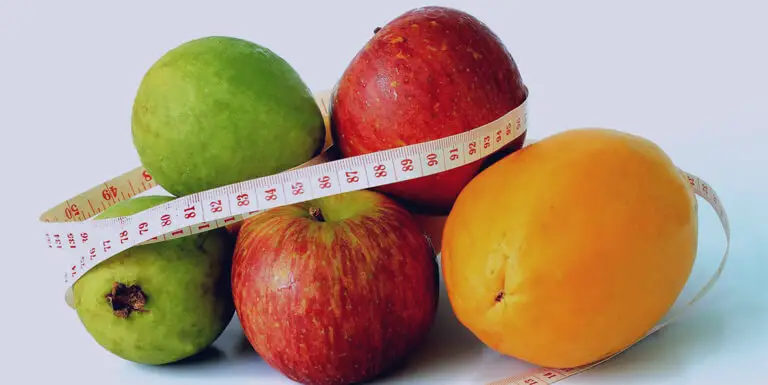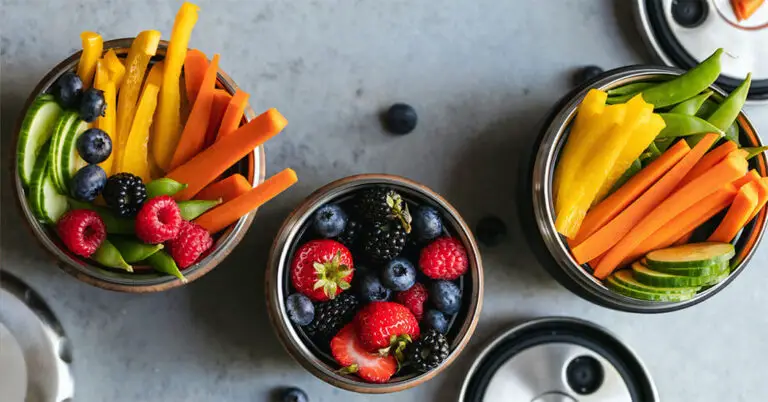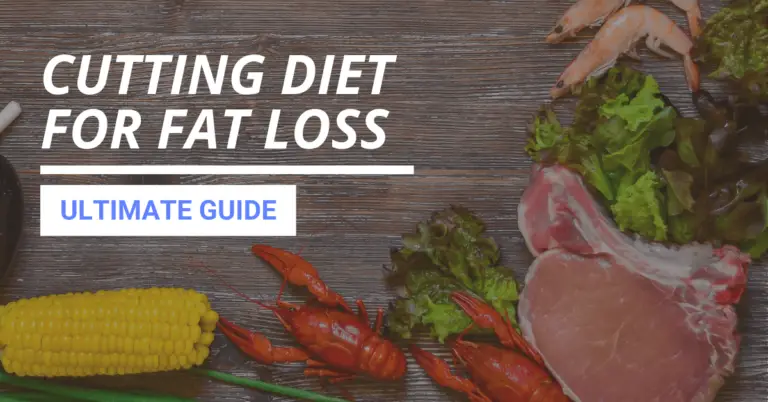The Ultimate Macro Cheat Sheet [FREE PDF]
Hitting those daily macronutrient and calorie targets on a daily basis, without some sort of macro cheat sheet isn’t an easy task. Especially for those who are new to the world of fitness and nutrition.
Looking back, that definitely was one of the challenges I had when I started out my fitness journey.
Apart from learning how to measure the food and use a tracking app, the next best thing is learning which foods contain different macronutrients.
So, I created this simple macro cheat sheet that demonstrates which foods can be categorized as the source of each macronutrient, and combinations of macros.
Content of the article:
What Are Macronutrients
First of all, here is a refresher about what exactly are macronutrients or macros, for short.
Macronutrients are the main nutrients groups found in food that provide us energy (calories).
The three macronutrient groups are:
- Protein
- Carbohydrates
- Fats
Each of these macronutrients has a caloric value:
- Protein has 4 calories per 1 gram
- Carbohydrates have 4 calories per 1 gram
- Fat has 9 calories per 1 gram
So, in order to hit your fitness goal, it’s important that you track the food that you and hit specific calorie and macro goals every day. In other words, track your macros.
Depending on your goal and personal eating preferences the distribution of macro ratios can differ.
Macro Cheat Sheet
The macro cheat sheet below shows which foods mostly contain one macronutrient, as well as a combination of macros.
Feel free to download this macro cheat sheet in PDF format.
Also, all the foods are listed below, for your reference.
Protein Sources
Protein source examples:
- Lean Beef
- Lean Ground Beef
- Pork Tenderloin
- Ground Turkey
- Turkey Breast
- Chicken Breast
- Lean Deli Meat
- Turkey Bacon
- Tilapia
- Tuna
- Cod
- Shrimp
- Egg Whites
- Low-Fat Cottage Cheese
- Low-Fat Greek Yoghurt
- Skyr (Icelandic Yoghurt)
- Protein Powder (w/Water)
Carbohydrate Sources
Carbohydrate source examples:
- Potatoes
- Couscous
- Oatmeal
- Buckwheat
- Bulgur
- Pasta
- Barley
- Rice
- Tortilla Wraps
- Bread
- Rice Cakes
- Cereal
- Fried Fruits
- Honey, Syrup, Jam
- Candy
- Juice
- Veggies, Fruits
Fat Sources
Fat source examples:
- Avocado Oil
- Canola Oil
- Coconut Oil
- Olive Oil
- Flaxseed Oil
- Butter
- Fish Oil
- Almonds
- Cashew
- Hazelnuts
- Peanuts
- Macadamia Nuts
- Pistachios
- Seeds
- Olives
- Pesto
- Mayonnaise
Carbohydrates & Protein Sources
Protein and carbohydrates sources:
- Low-Fat Flavored Yoghurt
- Low-Fat Flavored Yoghurt + Fruit
- Oats + Egg Whites
- Oats + Protein Powder
- Oats + Low-Fat Milk
- Oats + Low-Fat Greek Yoghurt
- Oats + Skyr (Icelandic Yoghurt)
- Bread + Deli Meat
- Cereal + Low-Fat Milk
- Cereal + Protein Powder (w/Water)
- Fruit + Protein Powder (w/Water)
- Egg Whites + Tortilla
- Beans, Lentils, Peas
- Peanut Butter Powder + Rice Cakes
- Rice Cakes + Protein Powder (w/Water)
- Quorn
- Quinoa
Protein & Fat Sources
Protein and fat sources:
- Jerky
- Bacon
- Pork Belly
- Steak
- Sausage
- Chicken Tights
- Salmon Fillet
- Duck Meat
- Canned Fish (w/Oil)
- Full-Fat Sour Cream
- Eggs
- Milk
- Cottage Cheese
- Full-Fat Yoghurt
- Protein Powder + Milk
- Tofu
- Tempeh
Carbohydrates & Fat Sources
Carbohydrate and fat sources:
- Granola
- Cookies
- Ice Cream
- Pastry
- Chocolate
- Coconut Flakes
- Hummus
- Rice Cakes + Nut Butter
- French Fries
- Nut Butter + Fruit
- Nut Butter
- Chips
- Avocado Toast
- Chia Seeds
- Flax Seeds
High Volume – Low-Calorie Foods
Here are some of the foods that could be considered “macro-friendly”, namely low in calories, and high in volume.
Snacks
Examples of macro-friendly snacks:
- Sugar-Free Jelly
- Air Popped Popcorn
- Rice Cakes + Protein Powder
- BCAA Slushie
- Protein Ice Cream
- Protein Pancakes
- Low-Calorie Protein Bars
For more examples and some recipes, check out the list of healthy bodybuilding snacks that can help to hold you over to the next meal. Or high-calorie bulking snacks – if you struggle with hitting your calorie intake target.
Veggies
Examples of macro-friendly veggies:
- Asparagus
- Cabbage
- Celery
- Spinach, Lettuce
- Mushrooms
- Pickles, Cucumber
- And Other Veggies
Fruits
Examples of macro-friendly fruits:
- Strawberries
- Watermelon
- Lime, Lemon
- Berries
- Apples
- Kiwi
- And Other Fruits
Beverages
Examples of macro-friendly beverages:
- Black Coffee
- Tea
- Iced Tea
- Water + Lemon
- Chicken Broth
- Sugar-Free Soda
- Seltzer Water
Condiments
Examples of macro-friendly condiments:
- Mustard
- Tomato Ketchup
- Salsa
- Hot Sauce
- Sriracha
- Apple Cider Vinegar
- Sugar-Free Syrup
How To Use The Macro Cheat Sheet
First of all, you can use this cheat sheet together with a macro meal planner template to create a personalized and balanced meal plan that fits your macro goals.
Lists of single-source, as well as multiple macro-source foods, can help you build a plan with a lot of variety which should help you stay within daily macro targets.
Perhaps you are following an IIFYM, or “If It Fits Your Macros”, a flexible diet approach that allows you to eat whatever you want as long as you hit your daily macro targets.
In this case, you can use this macro cheat sheet on the daily basis. Depending on your eaten macros throughout the day you can mix and match foods on the list to ensure you hit your macro goals by the end of the day.
Lastly, you can use it when compiling your so-called bulking grocery list, if you are in the mass-gaining phase. Or for creating your cutting shopping list if your goal is to lose fat.
Recommended Reading: How To Hit Your Macros Consistently (Step-by-Step Guide)
Final Thoughts
If staying within your daily macro targets is a challenge for you, I hope this macro cheat sheet helps you.
While this cheat sheet shows what to eat, you must remember to continue measuring and tracking your food intake.
While it might be annoying, it is the single source of truth that tells you what works and what doesn’t, if done right. And, it becomes much easier and a habit, the more you do it.


![Weekly Meal Plan Template [Google Sheets]](https://gfitnessonline.com/wp-content/uploads/2022/06/meal-plan-template-google-sheets.jpg)



